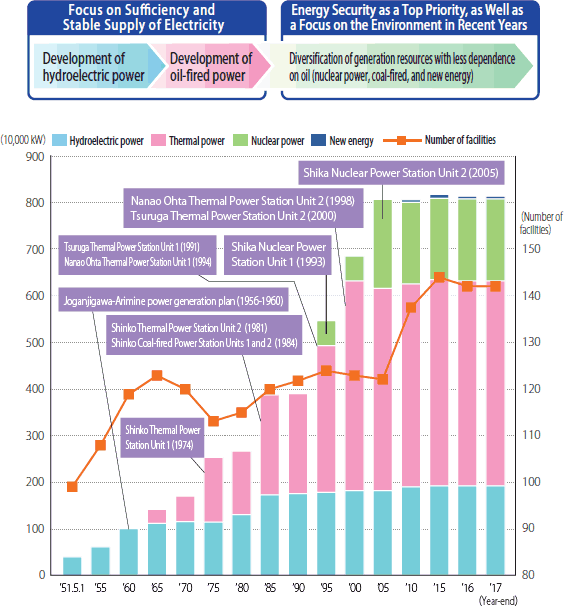In order to ensure a stable supply of electricity in the future, we consider nuclear power generation to be an essential power source, based on the major premise that safety should come first. The proper energy mix is important for Japan given the country's low energy self-sufficiency rate; additionally, from the perspectives of energy security, economics, and environmental conservation, nuclear power generation is required to continuously play an important role as a base load generation resource.
Japan is poor in natural energy resources, with an energy self-sufficiency rate of only 8%, meaning that Japan relies on imports for almost all energy resources.
With the increasing global population, especially in emerging countries, energy demand is expected to rise significantly in the future, requiring energy composition that does not rely excessively on fossil fuels.
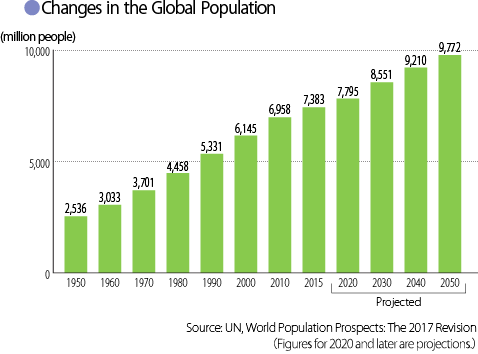
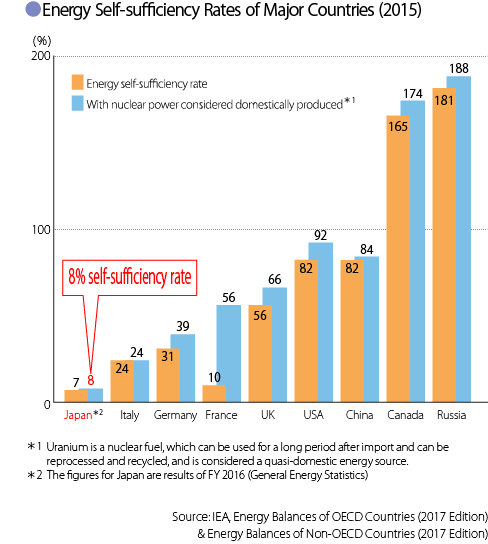
The cost of nuclear power generation measures up favorably to other power generation sources, even if additional costs such as accident risk costs are included.
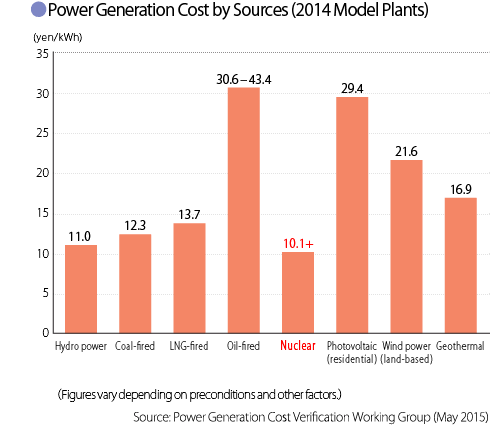
Nuclear power does not emit CO2 when generating electricity, akin to renewable energy sources like photovoltaic and wind power.
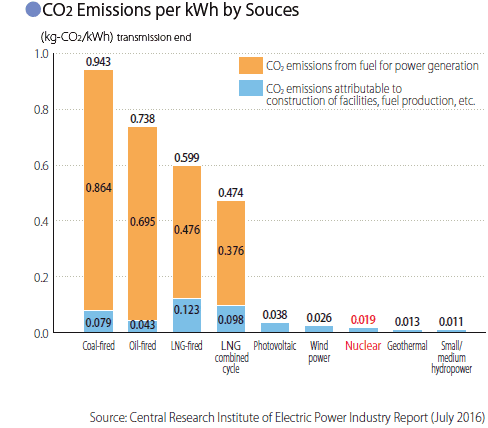
Electric utilities have a social mission to ensure a stable supply of low-cost, high-quality electricity.
The proper energy mix is of importance for a supply of electricity that supports daily life and industry from the perspective of "S+3Es," to simultaneously achieve energy security, economy, and environmental suitability, while putting the highest priority on safety.
In addition, it is crucial to produce power based on a well-balanced combination of various generation resources that makes effective use of their respective characteristics, including economic efficiency, responsiveness to changes in electricity demand, etc., in order to satisfy ever-changing power demand.
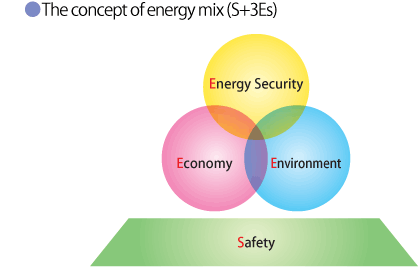
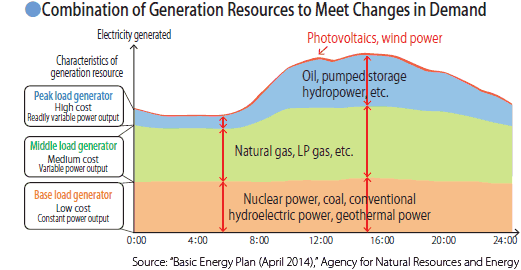
The policy of Japanʼs energy mix for FY 2030 was revised in the Fifth Basic Energy Plan, which was approved by the Cabinet in July 2018.
While the approximately 20‒22% share of nuclear power set for 2030 was unchanged, a policy to proceed with efforts to make renewable energy serve as a main power source was indicated.
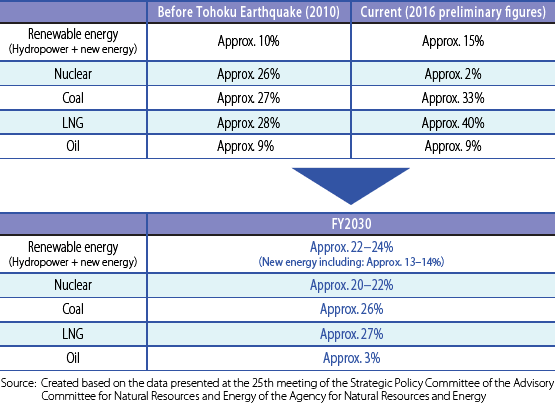
Hokuriku Electric Power Company's generation mix is characterized by a higher ratio of hydroelectric power generation, capitalizing on the Hokuriku area's plentiful water resources; this ratio is the highest in Japan.
After the Great East Japan Earthquake, Shika Nuclear Power Station stopped operation; in its place, thermal power stations have been operating at high utilization rates since then. We steadily work toward restarting Shika Nuclear Power Station, the construction of our first LNG-fired power generation facility, and the development of renewable energy sources in view of cost-effectiveness, as ways to further diversify our generation resources.
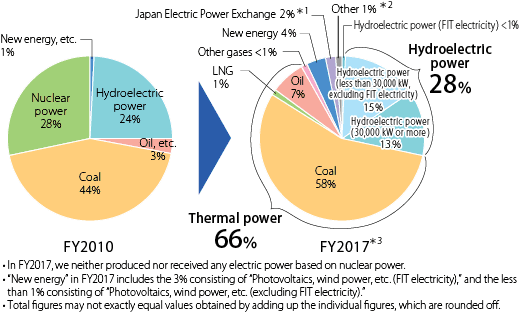
Note:
"FIT electricity" refers to electricity produced by hydroelectric power, photovoltaics, wind power, etc., and procured under the Feed-in Tariff Program for renewable energy. Part of the cost that Hokuriku Electric Power Company incurs to procure this electricity is covered by surcharges collected from all electricity users, including non-customers of Hokuriku Electric Power Company. CO2 emissions from this electricity are calculated based on national average CO2 emissions from all types of electricity, including those from thermal power generation. The total value of FIT electricity in FY2017 amounted to 4%.
*1 This includes electricity obtained from hydroelectric power, thermal power, nuclear power, the FIT program, and renewable energy.
*2 Electricity procured from other electric utilities, and for which the generation resource is unknown, falls under "Other."
*3 The component ratio in FY2017 was calculated based on the Guidelines Concerning the Management of the Electricity Retail Business (June 2017) established by the Ministry of Economy, Trade and Industry.
